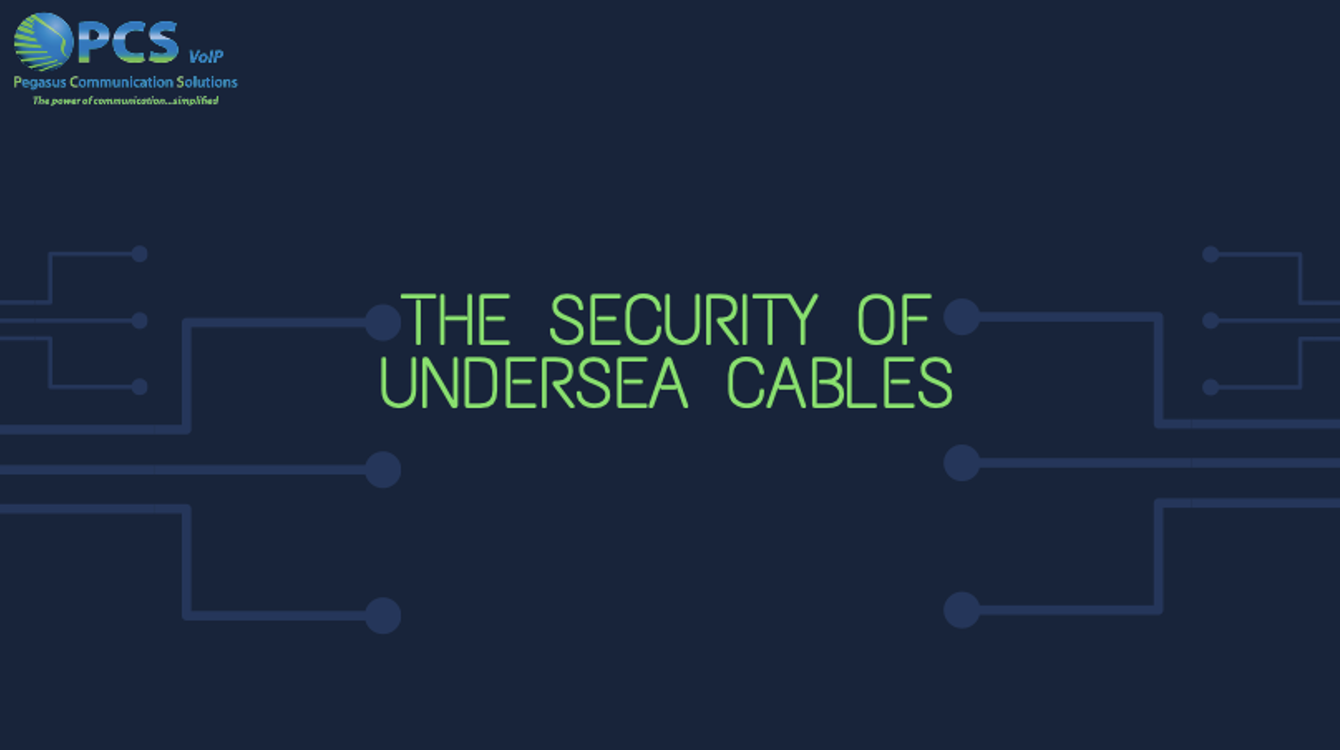
As if cyber officials didn’t already have enough to worry about, investigators are facing a new problem that could have ripple effects for the internet as we know it: the security of undersea cables. The “backbone” of the internet, the data superhighway that connects the world’s online computer networks, is a web of fiber-optic cables. Between continents and land masses, the internet relies on cables crossing the sea floor.
Last week, officials from the U.S. Department of Homeland Security said they disrupted a cyberattack targeting an undersea cable, the kind of infrastructure that keeps global web users online. While there was no damage to the cable it is believed an international hacking group was to blame. This incident raised questions about the safety of international data.
The cables are part of a network that carries over 95% of the world’s data flows, and are among the most critical of the world’s infrastructure. There are over hundreds of cables in operation, many crossing ocean floors, ranging in length from 50 miles to over 10,000 miles, according to London-based Datacenter Dynamics, a company that tracks the data center industry. A disruption of this network could impact international financial markets and sensitive national security communications between governments.
Unfortunately, this is not the first-time hackers have attempted this data breach.
“This is only one of the many examples of cyber incidents that HSI has responded to in Hawaii and the Pacific region,” John F. Tobon, HSI special agent in charge, said in the statement. Last week’s attack targeted a cable linking Hawaii and the Pacific region to critical telecommunications, including the internet, cable and mobile phone service, the statement said. U.S. officials did not disclose the identity or specific name of the company that was breached.
“We’ve had reports about physical attacks, of cables being cut either accidentally or intentionally by competitors, but cyberattacks, it’s very difficult to have public knowledge about it,” Morcos said. “It’s also quite revealing to see that this attack was detected by the U.S. government and federal agents. I think it demonstrates that the private sector is not necessarily in a position to protect itself.”
While the federal government has been pushing more partnerships with the private sector and issuing memos on improving voluntary cybersecurity standards, it’s still voluntary, and there’s resistance within the private sector to have more oversight and regulations. Securing the global Internet against damage, manipulation, and disruption has been a vital job of the companies that own and manage this infrastructure. The explosive growth of cloud computing has increased the volume and sensitivity of data crossing these cables.
“I think this is a signal that the U.S. government is closely watching this. We have a tendency to focus on transatlantic cables and the potential Russian threat, but we do know that the cables in the Indo-Pacific region are also vulnerable,” said Morcos. “There is fierce competition with China, and the U.S. has to protect its own cables in this competition with Beijing.”
Click to read the full article:
https://www.bloomberg.com/news/newsletters/2022-04-20/an-underwater-hack-and-the-digital-ripple-effectsCables Business Etsy Banner
